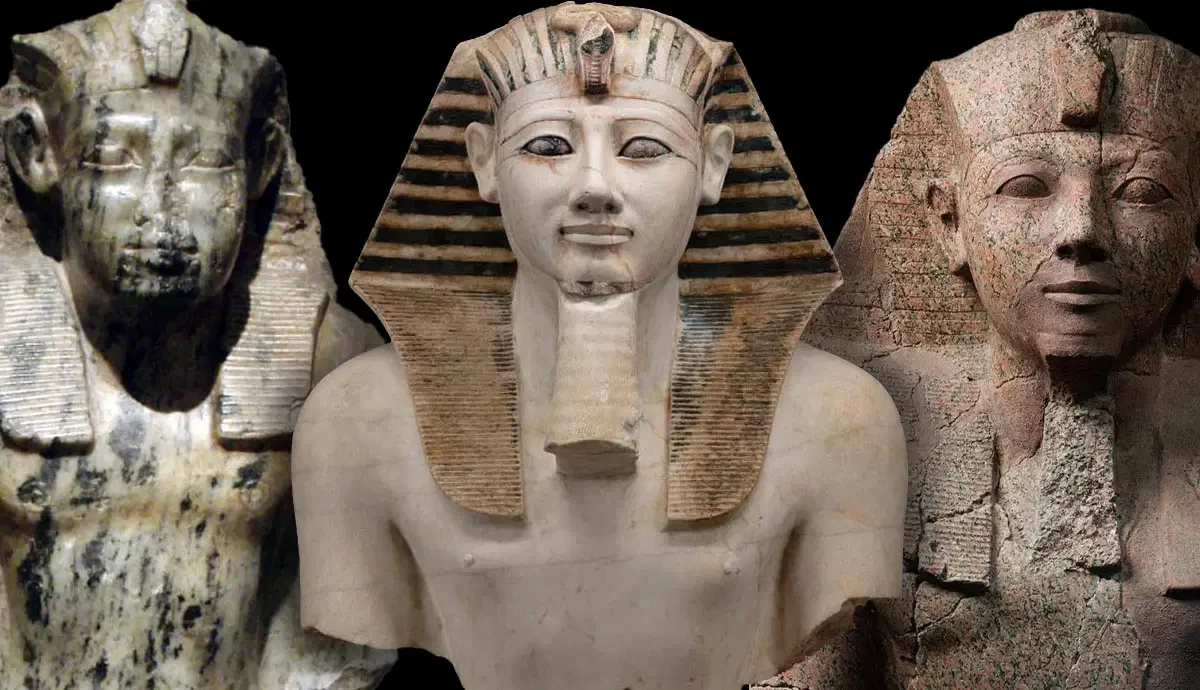
What is a Pharaoh in Ancient Egypt?
The term 'Pharaoh' is synonymous with ancient Egypt, conjuring images of mighty rulers, grand pyramids, and the intricate world of Egyptian mythology. But what is a Pharaoh in Ancient Egypt? The word itself is far more than just a name given to kings. It is the title for a divine ruler, a god-king charged with maintaining cosmic order and serving as a bridge between the gods and the people. This article explores the many roles of the Pharaoh in ancient Egypt, examining their divine status, their position in society, and how they influenced the Egyptian civilization
The Origins of the Title “Pharaoh”
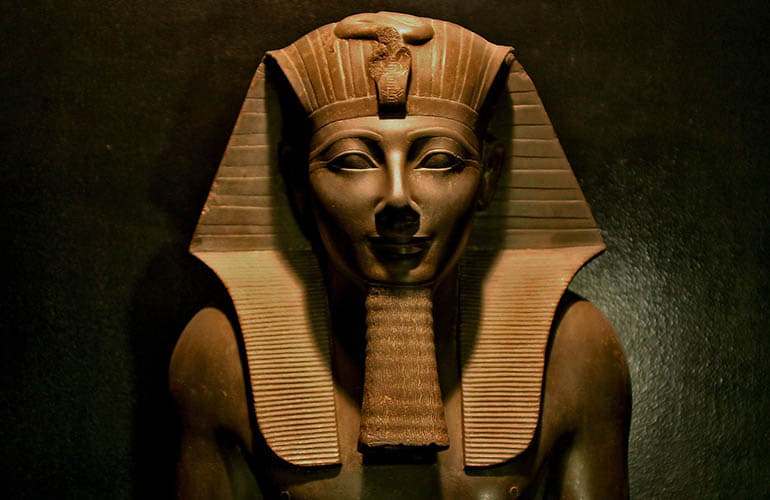
The word “Pharaoh” comes from the Egyptian term per-ao, which means “grand house.” This term was used to refer to the royal palace but came to be the symbol of the ruler living in it. The Pharaoh was not just a political leader; he was considered a divine being, chosen by the gods to rule over Egypt. Their power was based on the understanding that they were gods on Earth, obligated to maintain mast, or the balance of nature, justice, and truth.
The Divine Role of the Pharaoh
Ancient Egypt did not distinguish between religion and government. The Pharaoh was both king and high priest of each temple, responsible for carrying out rituals and maintaining the cults of the gods. By his status as a god, the Pharaoh was considered the earthly deity of the gods, Horus, the god of the sky, and Osiris, the god of the afterlife. The Pharaoh was supposed to maintain the cosmic balance, defend the people against external dangers, and preserve the divine order of the universe.
The divine nature of the Pharaoh was reflected in how they were depicted in the arts and inscriptions. Depicted with the attributes of the gods, including the crook and flail, symbols of rulership and protection, their royal regalia further included the Nemes headdress and false beard. These items bound them to the gods and made them eternal, never aging or weakening.
The Political and Military Power of the Pharaoh
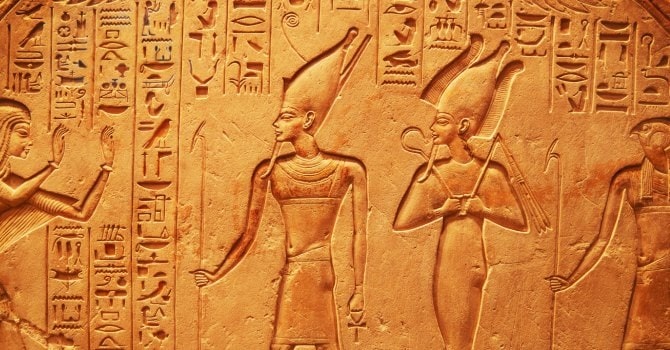
The responsibilities of the Pharaoh were not confined to spiritual and religious matters. Being the supreme ruler of Egypt, they also possessed great political and military authority. The Pharaoh regulated the laws of the country, collecting taxes, and administering state affairs. They also headed the Egyptian military forces, mobilizing vast armies to defeat foreign invaders and enlarge Egyptian territories.
Some of the most famous pharaohs, such as Ramses II and Thutmose III, are remembered for their military prowess and strategic vision. These rulers led their armies to victory in many battles, further cementing their power. Their military campaigns often resulted expand Egypt’s borders, bringing wealth and resources into the kingdom.
The Pharaoh and Society
Whereas celebrating the Pharaoh was central to the Egyptians’ system of government, his influence seeped through into all sections of Egyptian society. These monumental construction projects, including temples, pyramids, and statues, displayed the pharaoh’s power. They also had religious purposes, celebrating the gods and ensuring the ruler’s legacy.
The Pharaoh was also involved in the agricultural and economic systems of Egypt. As the divine overseer of the land, the Pharaoh ensured that the Nile River’s annual flooding occurred in a way that provided fertile soil for crops. Successful harvests were seen as a direct blessing from the gods, and the Pharaoh played a key role in facilitating this process.
Notable Pharaohs of Ancient Egypt
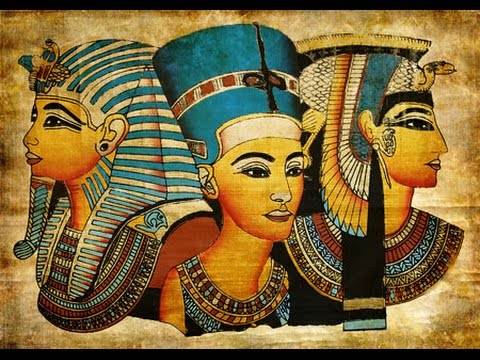
There were several great Pharaohs throughout the history of ancient Egypt whose reign can be remembered for their tremendous achievements. Some of those rulers left an indelible mark on the civilization through military conquest, architectural feats, or religious reform.
Seti I: Seti I was an influential ruler of the Nineteenth Dynasty who helped to restore order in Egypt after a very unstable period. Known for his military campaigns and his return to ancient religious practices, the re-flowering of Egypt’s art and architecture marked the reign of SETI. The strength and leadership of Seti I were personified in statues and carvings, such as the famous relief of him in Nemes headdress and false beard, linking him to the gods, especially Osiris.
Ramses II, or Ramses the Great, is one of Egypt’s greatest Pharaohs. He ruled for 66 years, making his mark through his military successes, grand-building projects, and extensive diplomatic relationships. His reign is known to construe the grand temples at Abu Simbel and his victory at the Battle of Kadesh.
Cleopatra VII: Although she is fabled for her associations with Roman leaders, Cleopatra was the last ruler of the Ptolemaic Kingdom of Egypt to reign. Her reign marks the last chapter of ancient Egyptian rule over the country before it was incorporated into the Roman Empire. Cleopatra’s intelligence, political acumen, and attempts at restoring the glory of Egypt made her a significant figure in ancient history.
The Symbolism of the Pharaoh’s Death
Each dead pharaoh closed one century and opened another. According to the Pharaonic ideology, a pharaoh is eternal, yet he passes into the afterlife, where he would further contribute to the cosmic order. Egyptians believed in the travel of the Pharaoh to the afterlife and his further rebirth for the well-being of Egypt.
Elaborate burial practices have been performed to secure a journey in the afterlife for every Pharaoh, culminating with the construction of monumental tombs such as the pyramids. Most of these tombs included treasuries, provisions, and offerings to give the Pharaoh life in the afterlife. The elaborate process of mummifying was an integral part of this belief system, needed to preserve the body for the eternal existence of the Pharaoh.
List of the Pharaohs
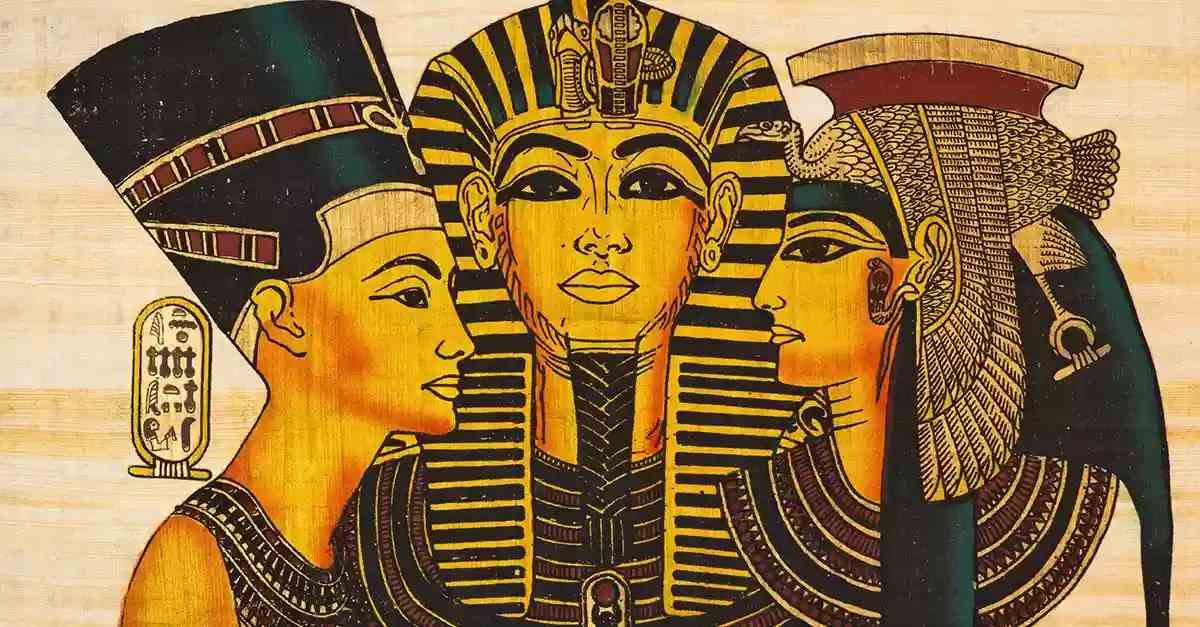
Here is a detailed breakdown of the Pharaohs from the earliest dynasties to the later periods of ancient Egypt:
First Dynast
-
Narmer (Menes)
-
Hor-Aha
- Djoser
Second Dynasty
- Hotepsekhemwy
- Peribsen
- Khasekhemwy
Third Dynasty
- Djoser
- Sekhemkhet
- Khaba
Fourth Dynasty
- Sneferu
- Khufu (Cheops)
- Khafre
- Menkaure
Fifth Dynasty
- Userkaf
- Sahure
- Neferirkare Kakai
- Shepseskare
- Djedkare Isesi
- Unas
Sixth Dynasty
- Teti
- Pepi I
- Merenre
- Pepi II
Seventh Dynasty
- No notable Pharaohs (Dynasty saw a period of instability)
Eighth Dynasty
- No notable Pharaohs (Short-lived dynasty)
Ninth Dynasty
- No notable Pharaohs
Tenth Dynasty
- Mentuhotep I
- Mentuhotep II (founder of the Middle Kingdom)
Eleventh Dynasty
- Amenemhat I
- Senusret I
- Amenemhat II
- Senusret II
Twelfth Dynasty
- Amenemhat III
- Senusret III
Thirteenth Dynasty
- Various Pharaohs were marked by political fragmentation.
Fourteenth Dynasty
- Short reigns of several lesser-known rulers.
Fifteenth Dynasty
- The Hyksos rulers invade Egypt.
Sixteenth Dynasty
- Lesser-known Pharaohs.
Seventeenth Dynasty
- Theban rulers fight back against the Hyksos.
Abydos (Thinite) Dynasty
- Early dynastic rulers before Egypt’s unification.
Eighteenth Dynasty
- Thutmose I
- Thutmose III
- Hatshepsut
- Akhenaten
- Tutankhamun
Nineteenth Dynasty
- Ramses I
- Seti I
- Ramses II (Ramses the Great)
Twentieth Dynasty
- Ramses III
Twenty-first Dynasty
- Psusennes I
Twenty-second Dynasty
- Shoshenq I
Twenty-third Dynasty
- Several lesser-known Pharaohs.
Twenty-fourth Dynasty
- Short-lived, ruled by Sebekhotep.
Twenty-fifth Dynasty
- Piye
- Taharqa
Twenty-sixth Dynasty
- Psammetichus I
- Necho II
Twenty-seventh Dynasty
- Persian rule, Cambyses II
Twenty-eighth Dynasty
- Amyrtaeus
Twenty-ninth Dynasty
- Nefarre
Thirtieth Dynasty
- Nectanebo I
- Nectanebo II
Conclusion: The Lasting Legacy of the Pharaohs
The pharaohs of ancient Egypt were much more than political rulers: they were gods, generals, and defenders of the people. Their reigns determined the course of Egyptian history and had a deep impact on the civilization’s culture, art, and architecture. The Pharaohs, through their divinity and monumental works, could ensure that their legacy would last for millennia.
The legacy of the Pharaohs continues to captivate the modern world. Their stories immortalized as grand monuments, intricate tombs, and powerful imagery, serve as a testament to their enduring influence. Understanding What is a Pharaoh in Ancient Egypt offers valuable insight into one of the most fascinating civilizations in human history.
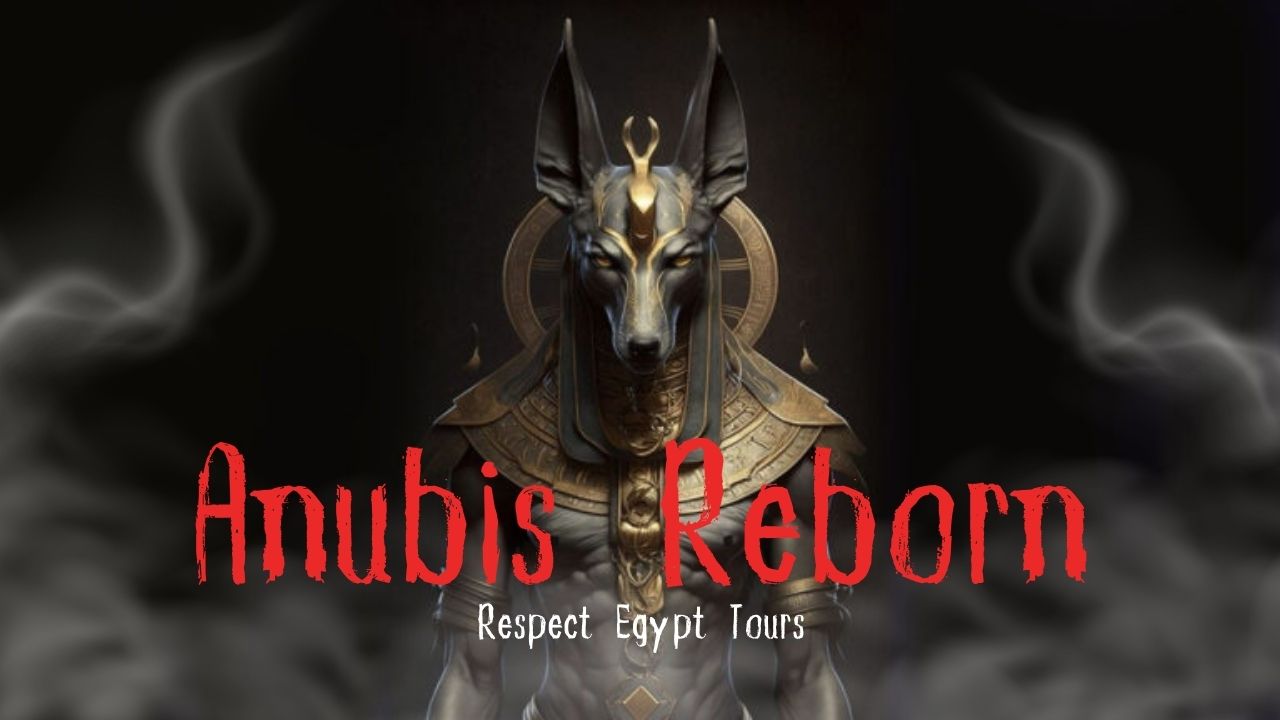





-webp.webp)
-webp.webp)
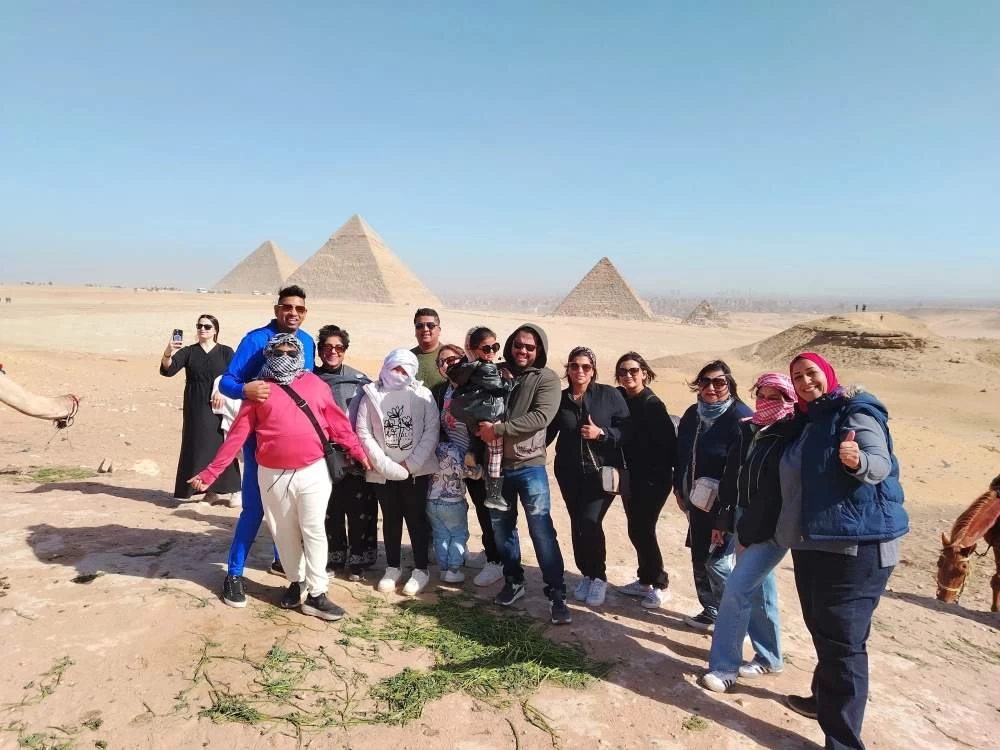
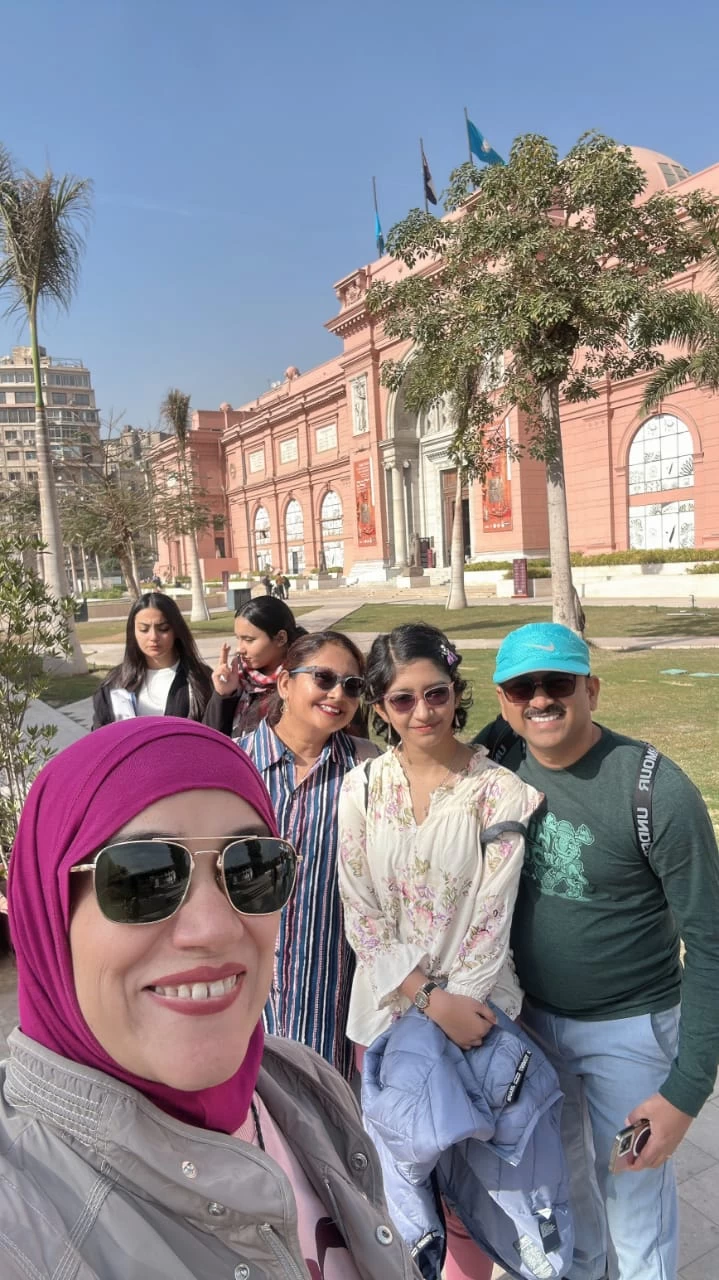
-webp.webp)
-webp.webp)
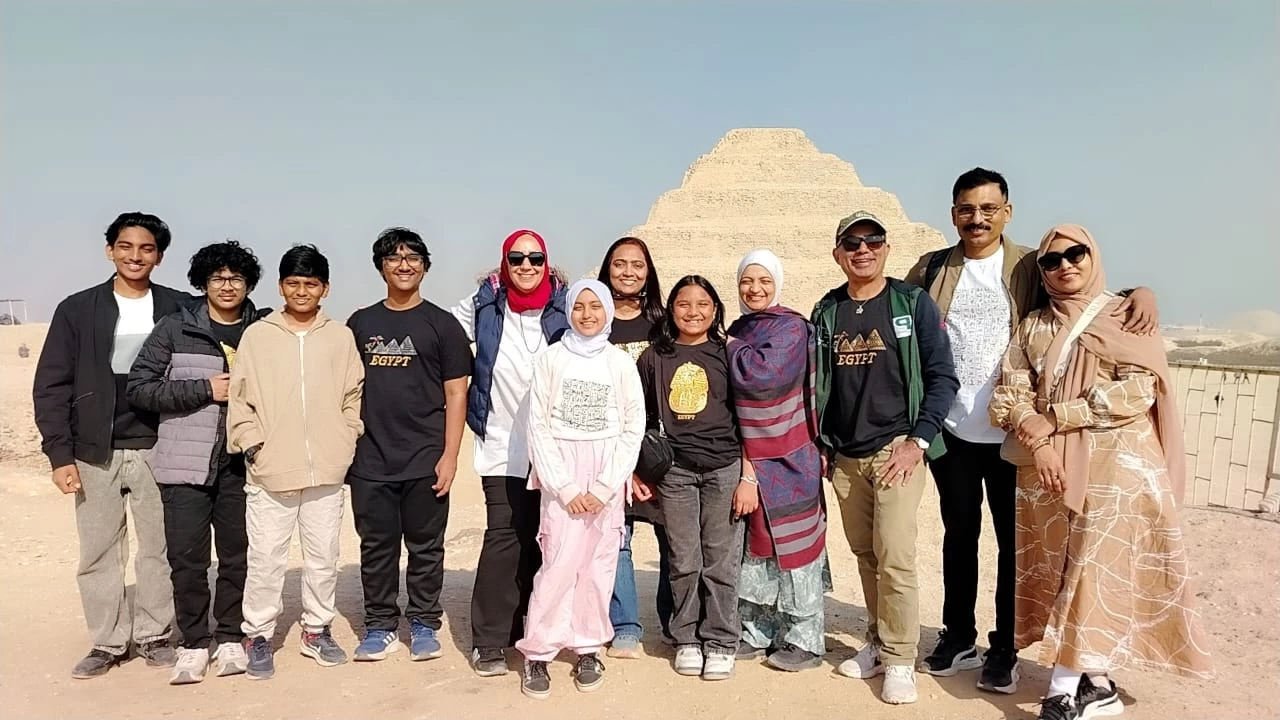
-webp.webp)
-webp.webp)
-webp.webp)
-webp.webp)
-webp.webp)
-webp.webp)

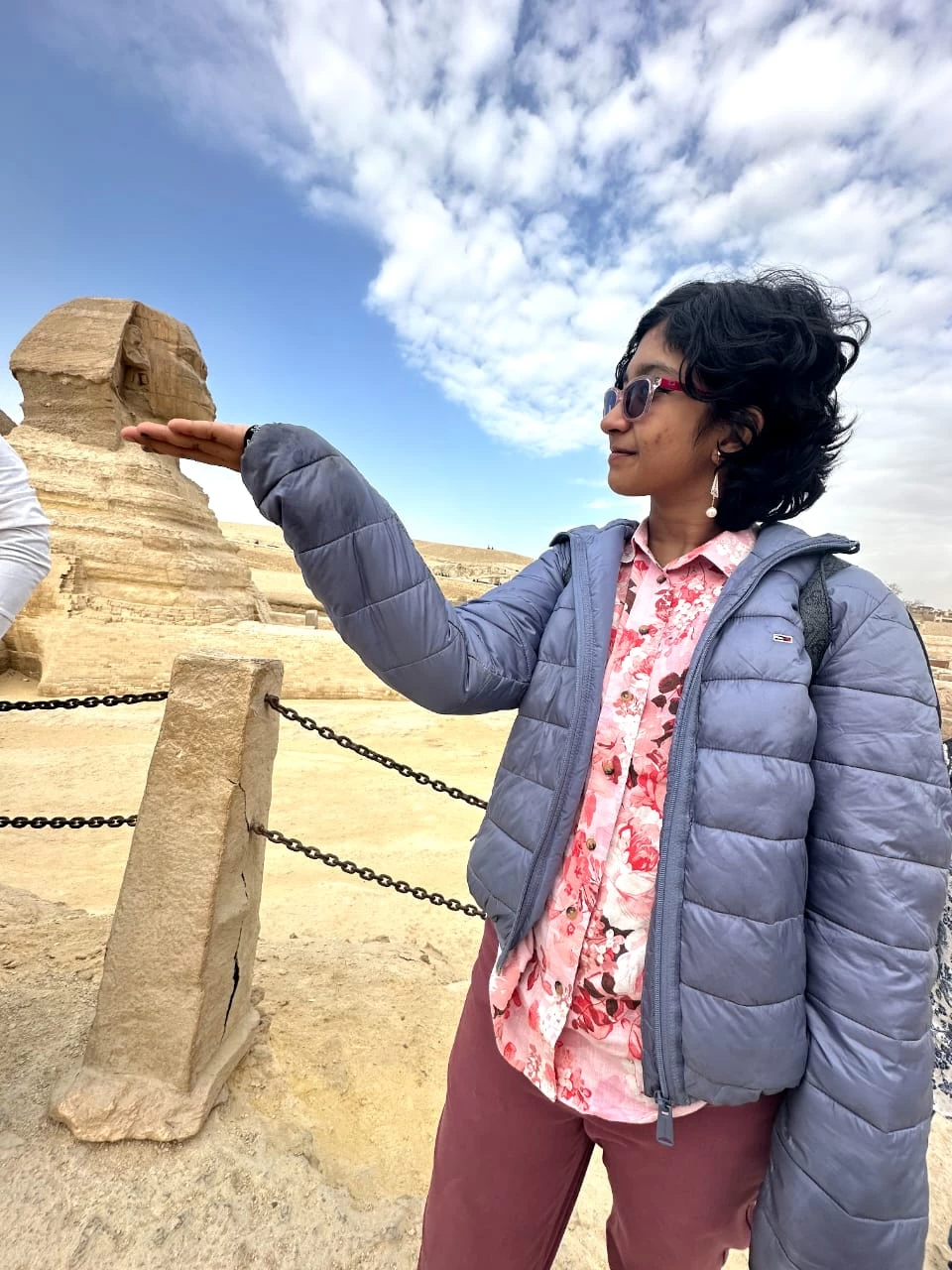
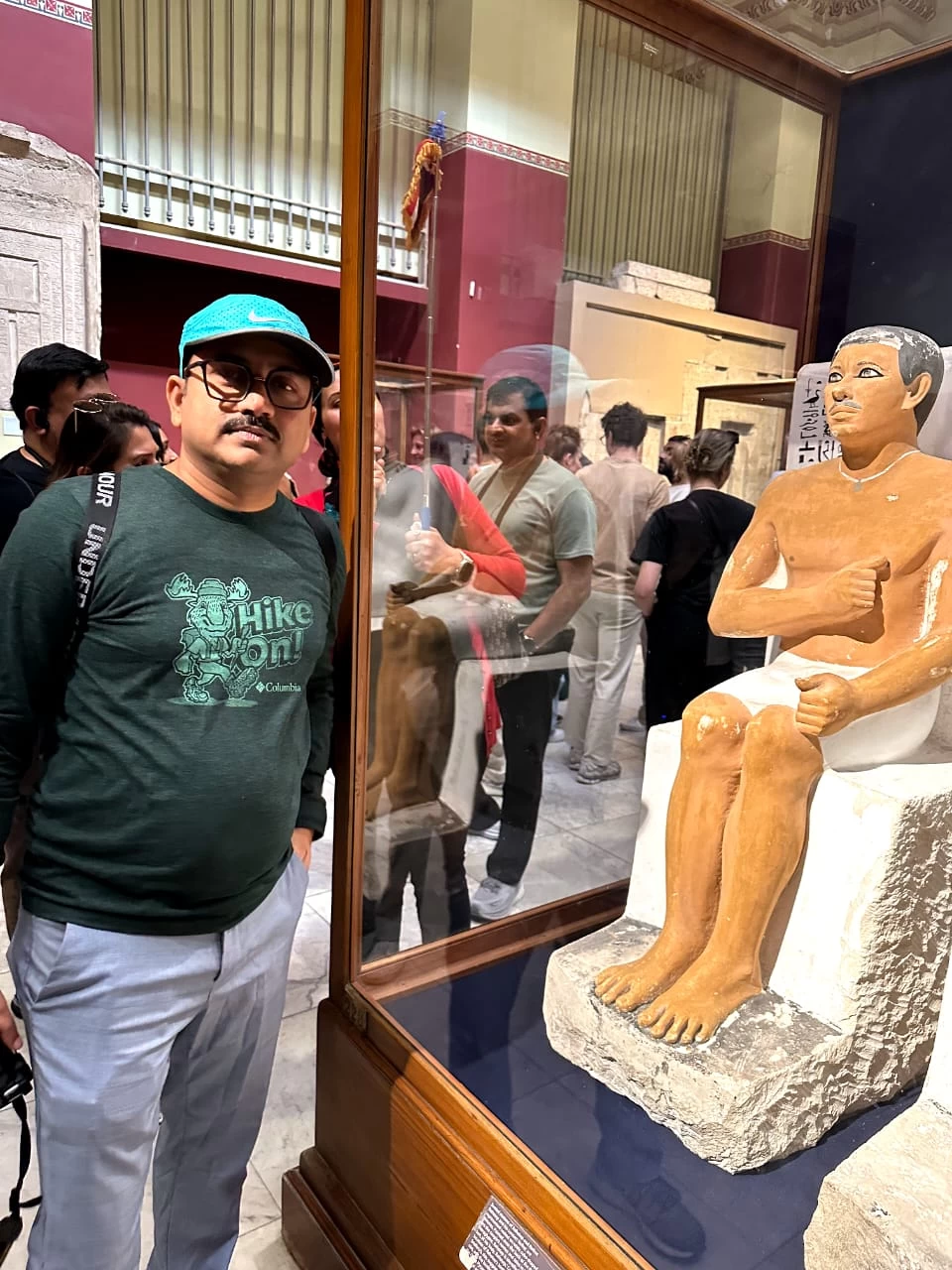
-webp.webp)
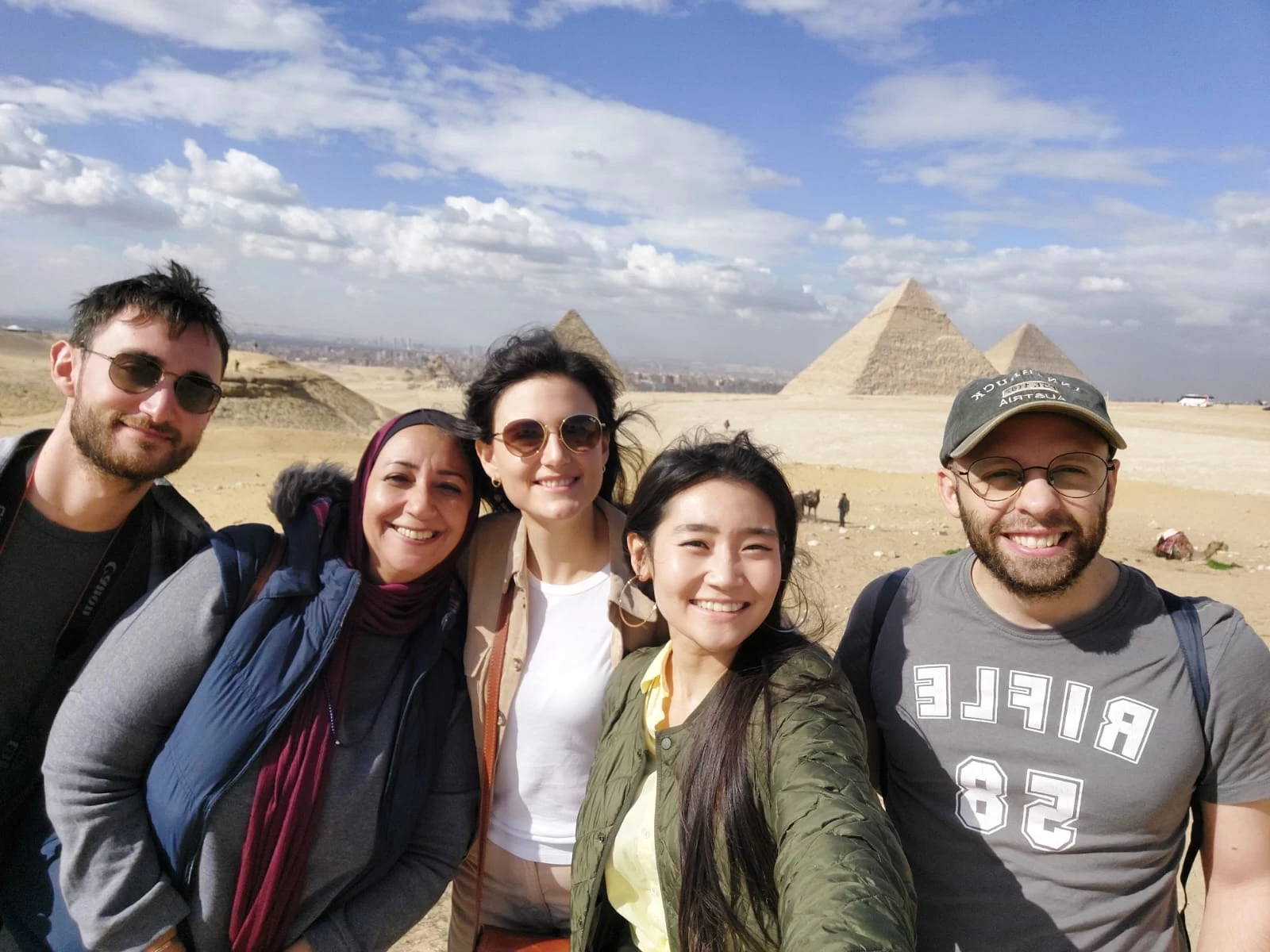
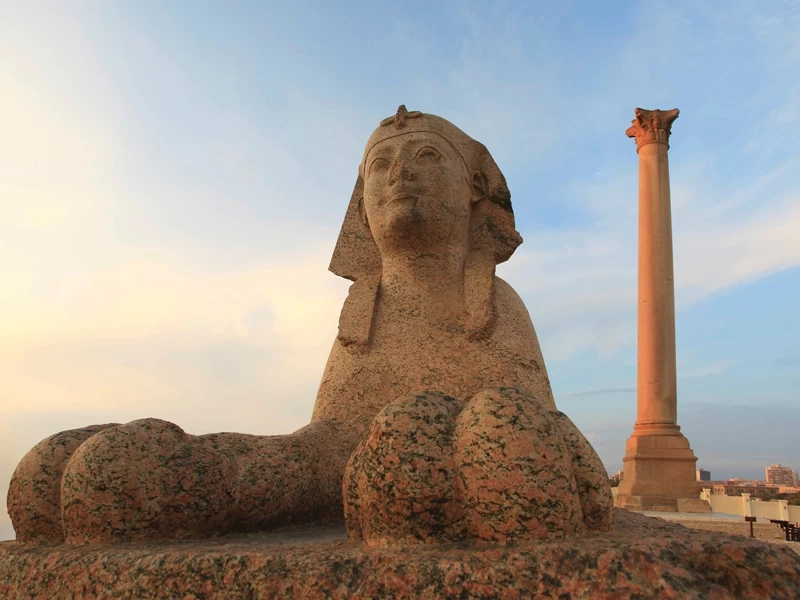
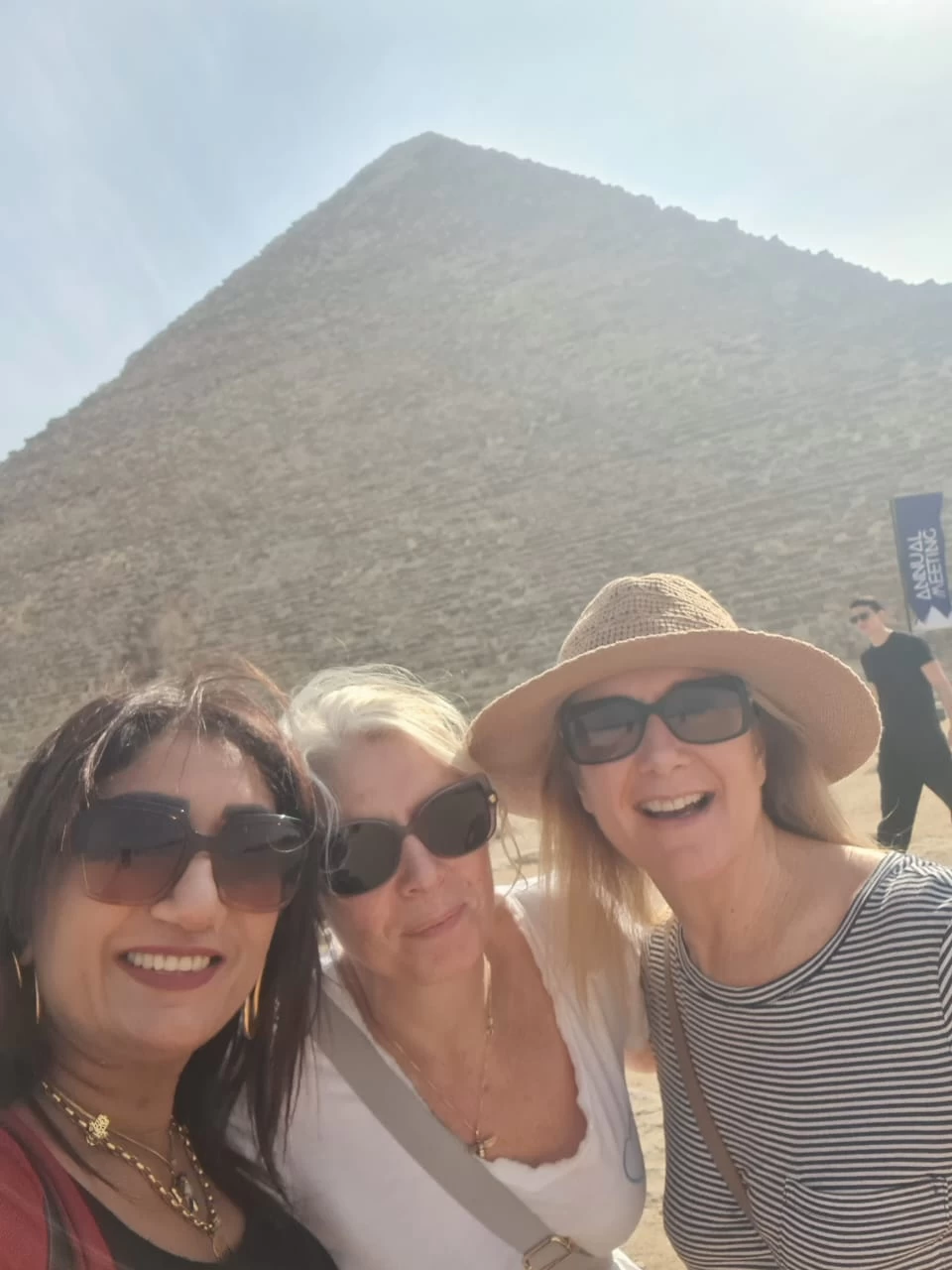
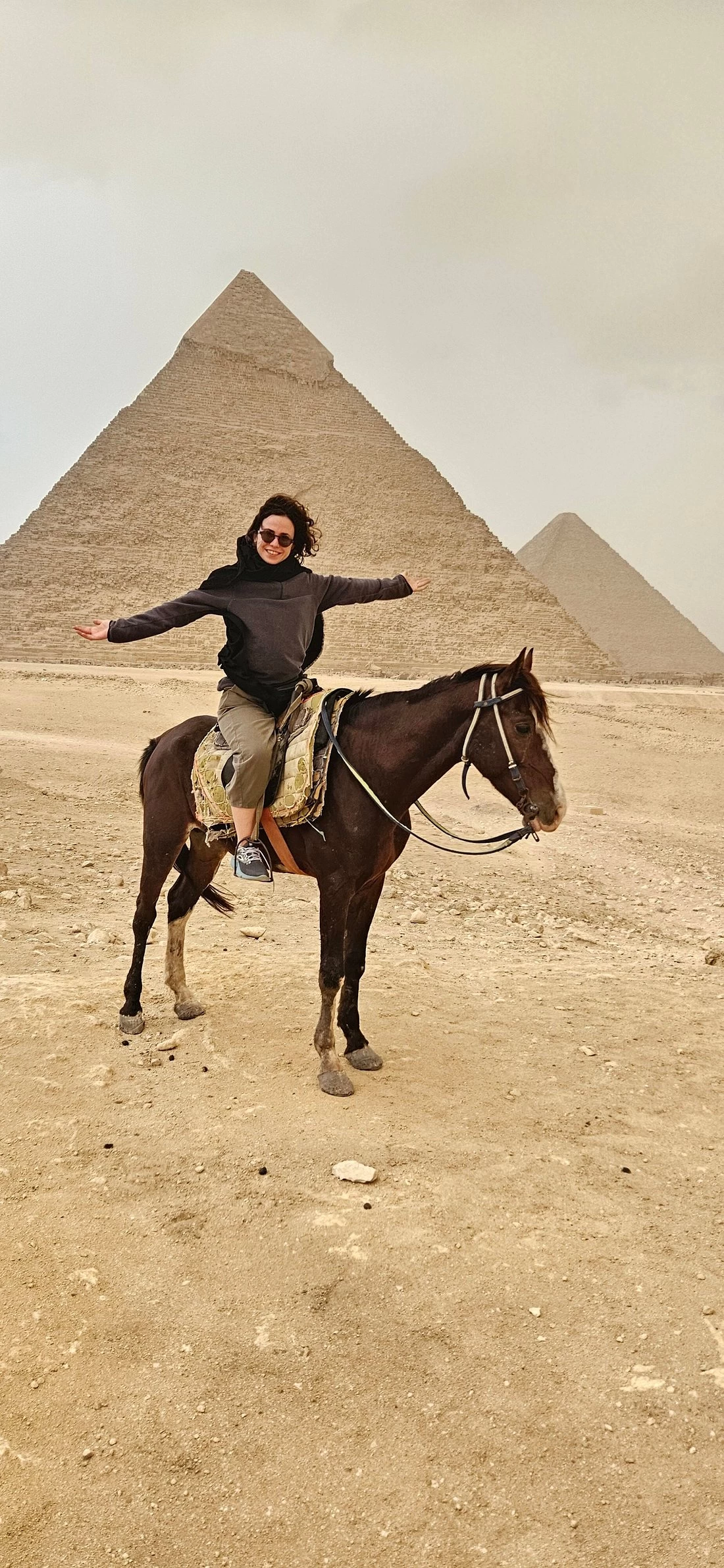
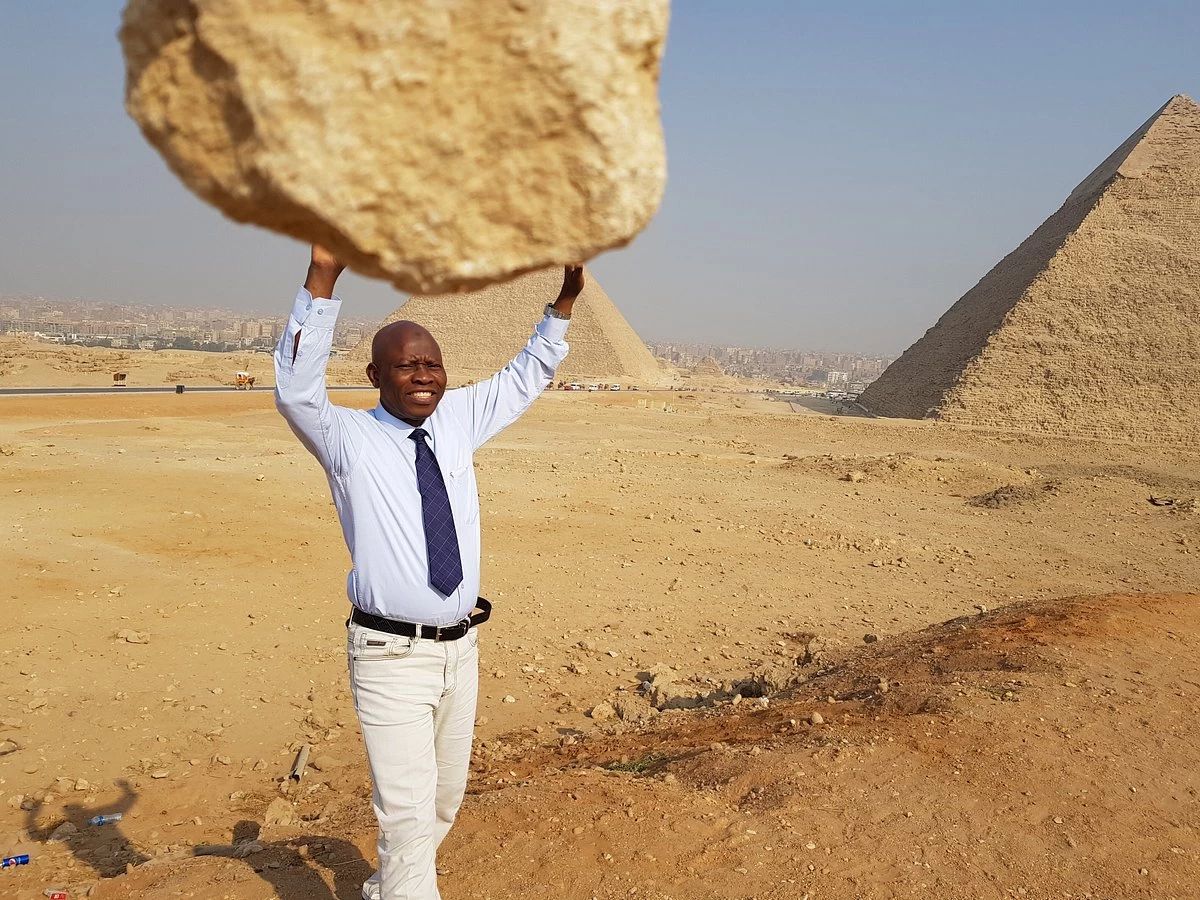
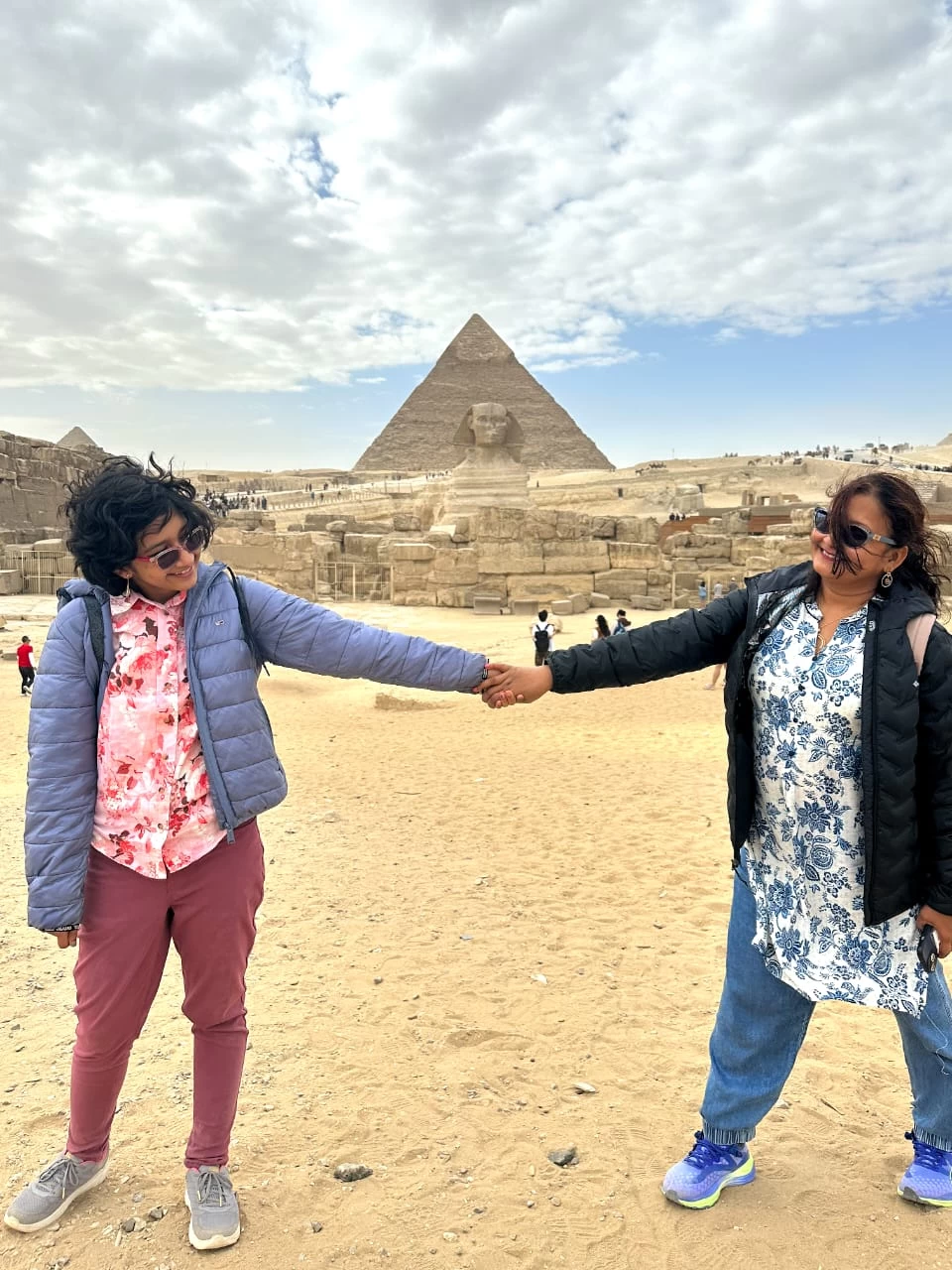
-webp.webp)
-webp.webp)

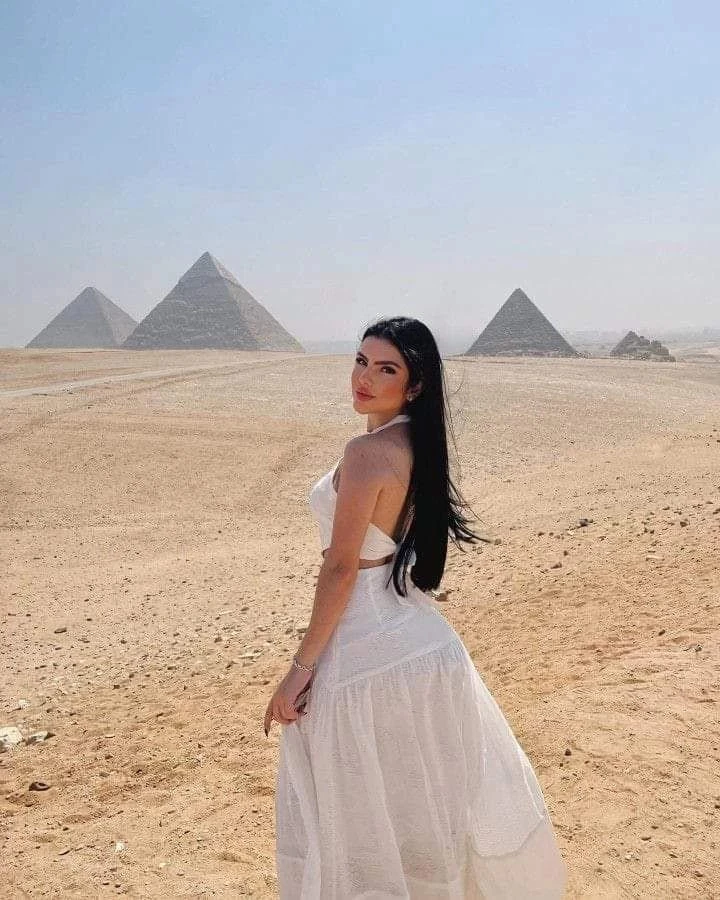








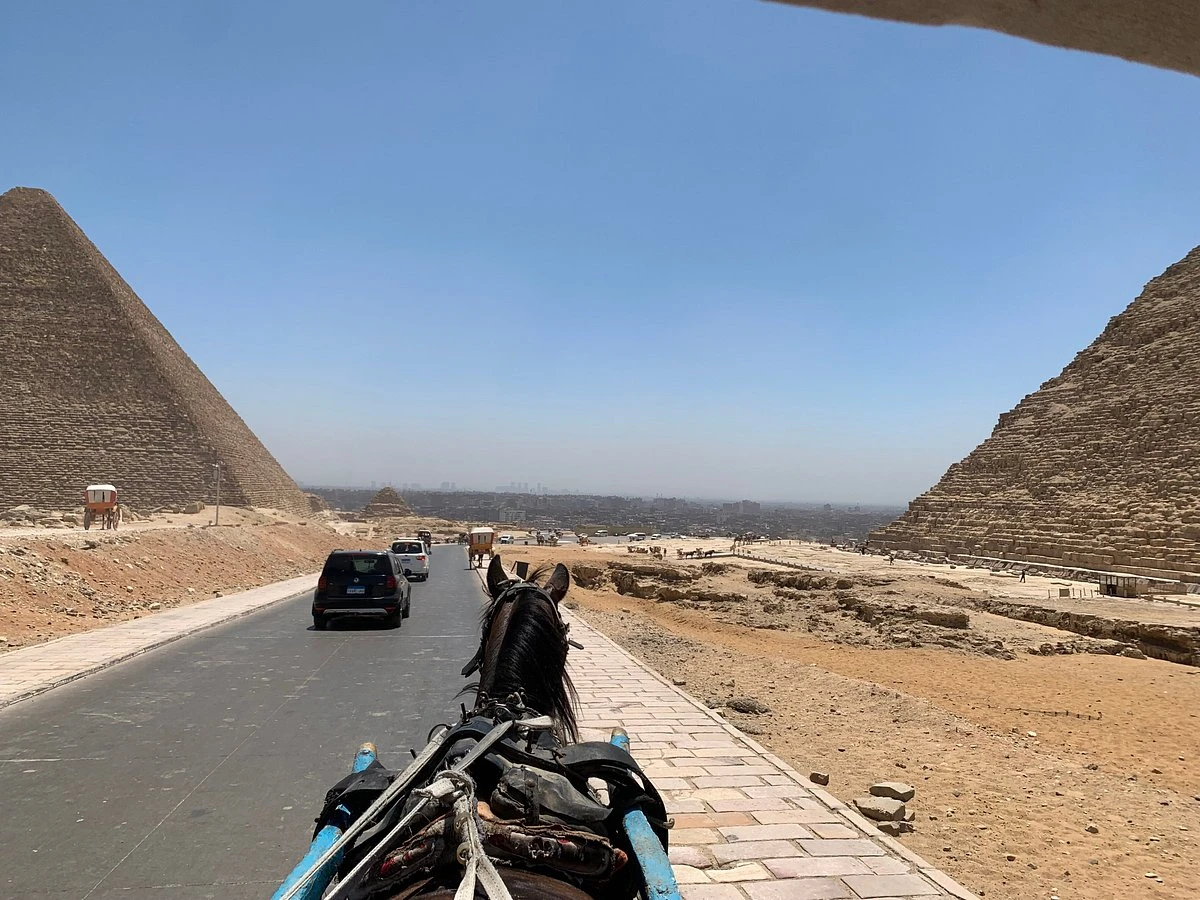
-webp.webp)

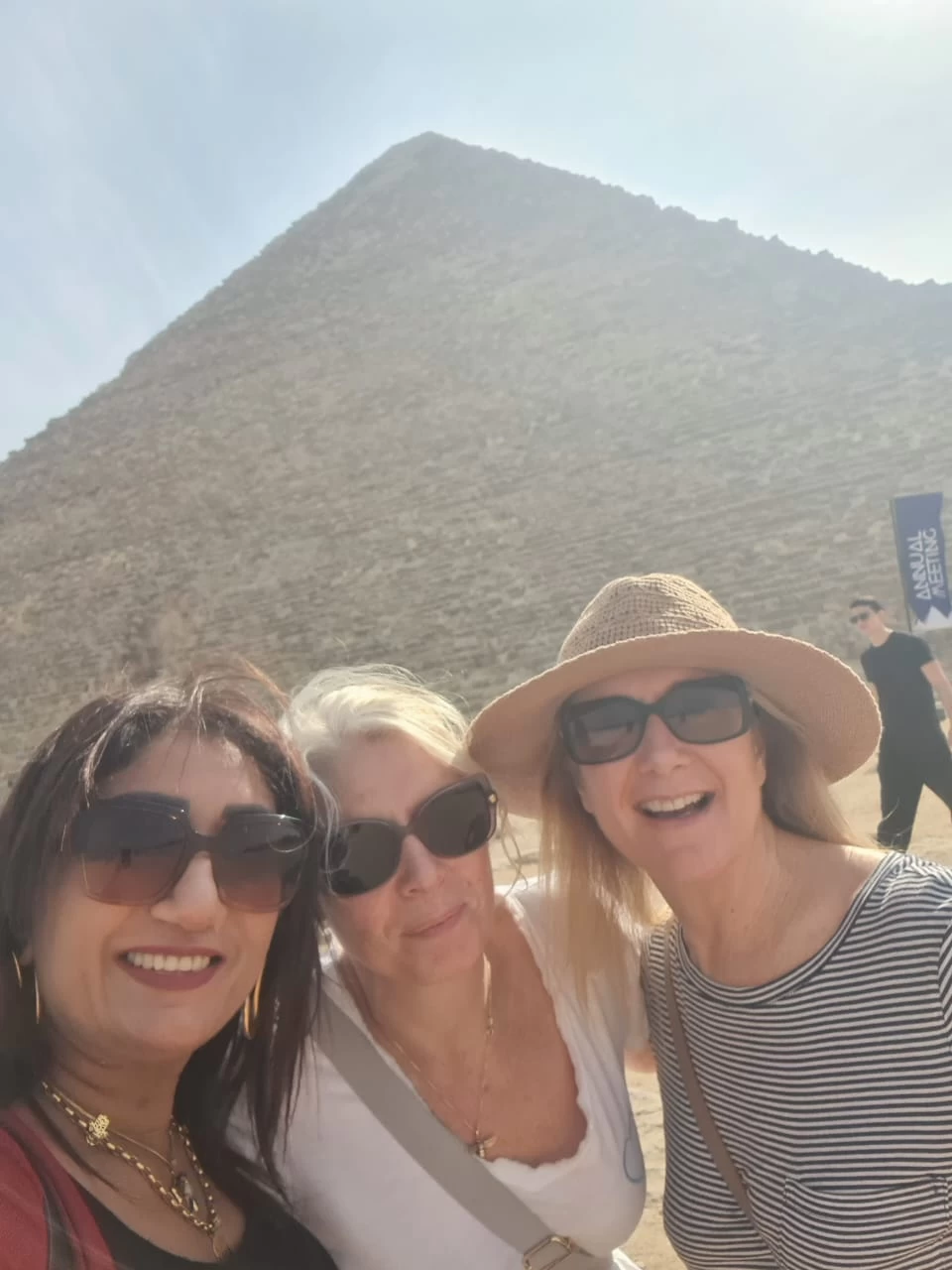
-webp.webp)

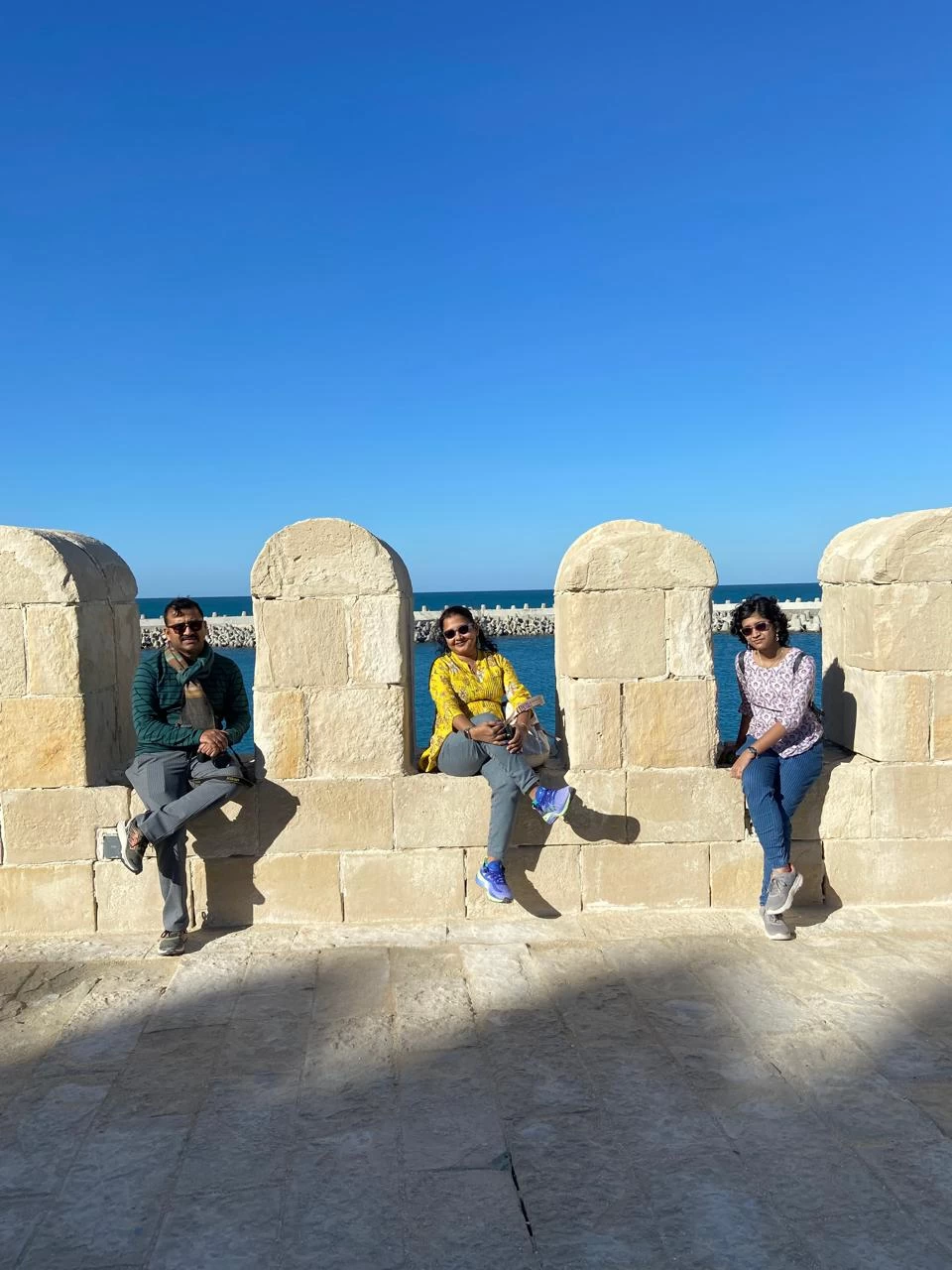
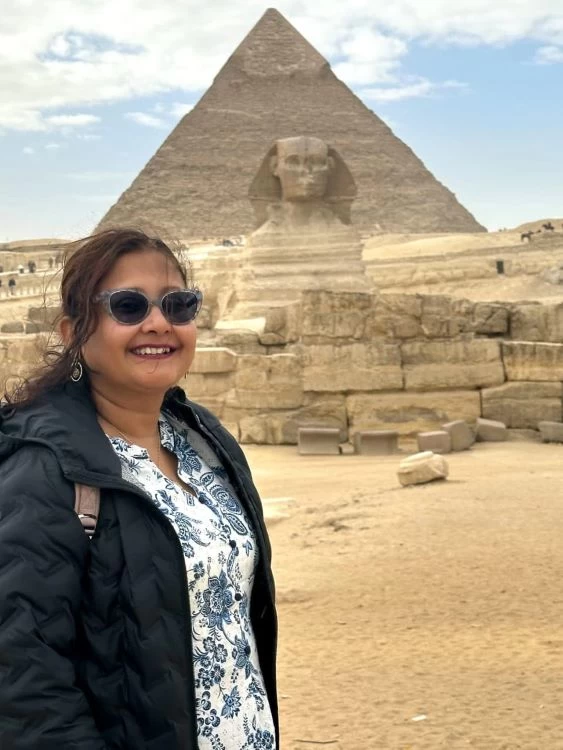
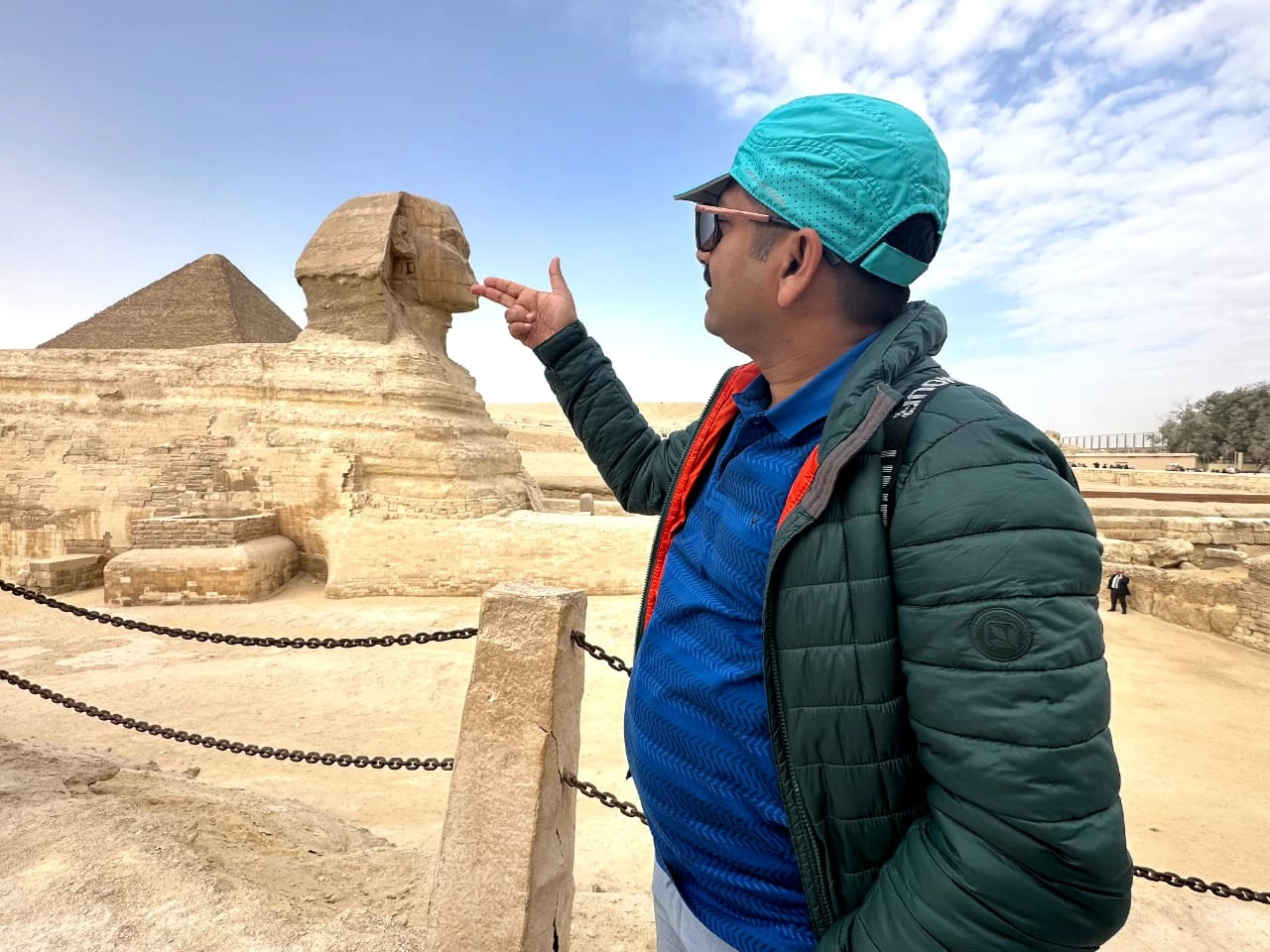
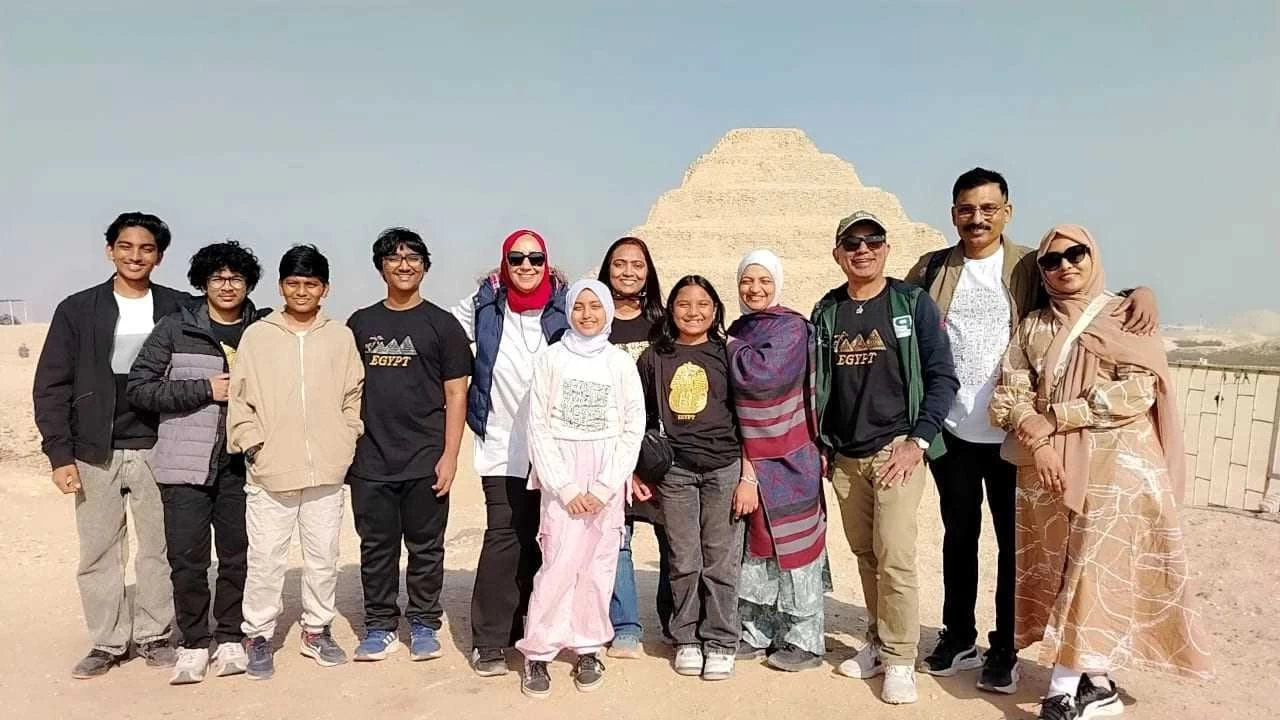
-webp.webp)
-webp.webp)
-webp.webp)
-webp.webp)
-webp.webp)




.png)







